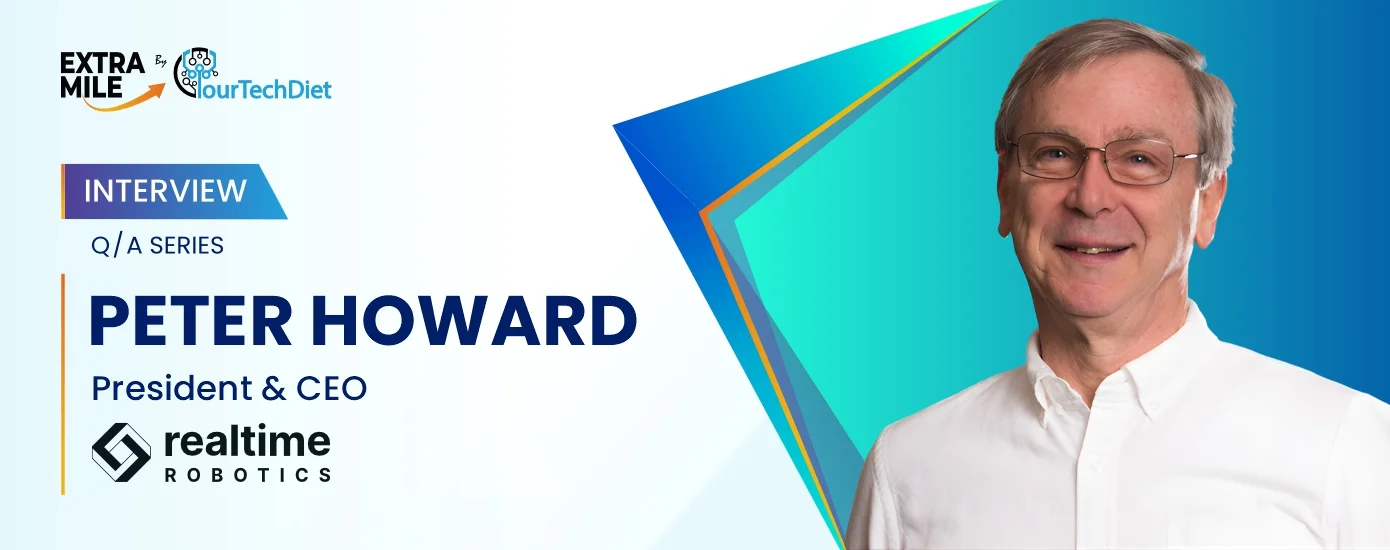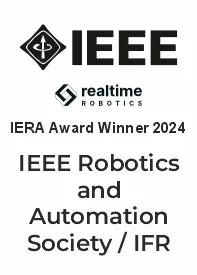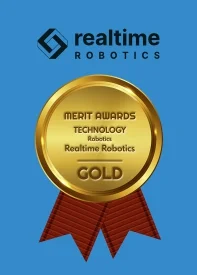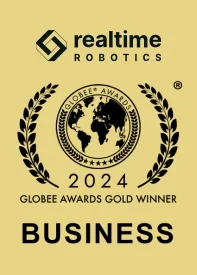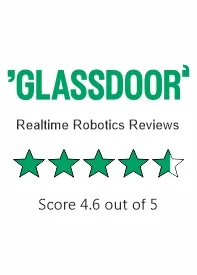ExtraMile by YourTechDiet is an exclusive interview series with industry experts and thought leaders. In each session, we discuss the latest technologies that have been transformative for diverse industries.
In today’s Q&A session, we are delighted to host Realtime Robotics’ President and CEO, Peter Howard. Realtime Robotics is a leading provider of automated collision-free motion planning, control, and optimization software for industrial robotics.
Peter, as a visionary leader, has a knack for innovation and entrepreneurship. His vision and strategic thinking have been key drivers for Realtime Robotics’ success. In the discussions, we will explore Peter’s contribution to the medical and robotics sectors throughout the years. Alongside that, we’ll discuss Realtime Robotics’ recent partnerships and advancements in industrial automation.
Welcome, Peter; we’re glad to host you!
1. Realtime Robotics’ vision is to “make industrial automation simpler, faster, and broader” and to “free the world of dull and dangerous tasks.” How did the vision for this mission arise? What was the key challenge you aimed to address?
Peter. Our mission – ‘make industrial automation simpler, faster, and broader’ – was born from watching manufacturers struggle with rigid, hard-coded robotic systems. We saw an opportunity to unlock flexibility: to let robots respond to change, work together, and adapt in real time. The core challenge was enabling motion planning that’s fast enough to be used live, not just in simulation. Having solved for flexibility, we realized that there was a huge opportunity to tackle speed, cost, throughput, and accessibility not just for large manufacturers which represent about 10% of actual manufacturing activity, but for the much larger numbers of small and medium enterprises that comprise 90% of it.
2. You have built several successful companies to date. How did your previous experiences, specifically within medical technology and diagnostics, set you up for the particular challenges that confront the robotics and automation sector?
Peter. Medtech taught me how to build systems where precision, safety, and reliability are non-negotiable. In diagnostics, you learn to navigate complex regulatory environments and deliver outcomes that matter. That mindset – of designing for robustness and clarity – translates directly to robotics, where the stakes are high and environments are diverse.
3. Resolver sounds like a big leap forward for Realtime Robotics. Can you explain how it helps robots work better together?
Peter. Resolver is a generational breakthrough, scalable from single robot workcells in SMEs to complex automotive workcells, to full automotive lines, plants, or enterprises. Set up your workcell basics in a supported SIM tool, hand it off to Resolver, and Resolver will return optimized motion paths and interlocks which your SIM will then output to robot and PLC code for execution. The story of how that is done is long, deep, and confidential, but I can say that the list of system integration tasks that Resolver automates is growing on a monthly basis.
4. You have partnered with giants like BMW, Kawasaki, and Siemens. How do these collaborations shape your product development? How do you integrate your tech into existing industrial ecosystems?
Peter. Working with industrial giants has given us incredibly deep hands-on experience with the technical and engineering challenges that our products have been designed to eliminate. These partners push us to integrate deeply into legacy systems while also co-developing next-gen capabilities. It’s not just about selling software; it’s about embedding intelligence into the industrial stack. But there are also risks for the small in playing with the large: our clock speeds are mismatched, and our resources have different scales.
5. Resolver won a Gold Award at the 2024 Globee Business Awards. What made it stand out and earn that recognition?
Peter. Resolver won the Globee Gold because it cracked a problem that has been worked on for 40 years, and delivers enormous measurable impact: faster deployment,better throughput, reduced downtime, and safer operations. Judges saw how it turns robotic complexity into plug-and-play simplicity. It’s not just innovation – it delivers operational excellence.
6. You have led four startups to success, two to IPOs, and one to acquisition. What is your secret to spotting potential in a struggling business and steering it toward profitability?
Peter. Success starts with clarity of vision. Then comes ruthless prioritization—knowing what not to do. And finally, team resilience. Every startup hits turbulence. The ones that survive are the ones that recognize failure early, iterate fast, and keep their teams aligned.
7. Your technology focuses on making robots work in unstructured, shared workspaces. How do you think this will change the future of manufacturing and logistics when it comes to safety and efficiency?
Peter. We think of three zones of robotic applications: Static (like auto body, semicon fab etc), Dynamic (like most logistics, agriculture, food service tasks), and Flexible (where it isn’t possible or doesn’t pay to eliminate variability, like aligning car doors to car bodies or building aircraft). We offer foundational capabilities for each of these problem sets, covering speed to market, economic viability, reliability, and machine and human safety both.
8. You have been through numerous successful acquisitions and IPOs. How do you determine when a company is ready for its next large step, whether that is going public or a strategic sale?
Peter. You know a company’s ready when it has repeatable revenue, strategic partnerships, and a clear growth engine. But it’s also about timing – market conditions, investor appetite, and internal alignment. Whether it’s IPO or acquisition, the goals are the same: scale the impact, create value for all involved.
Check Out Our Other Informative Interviews:

